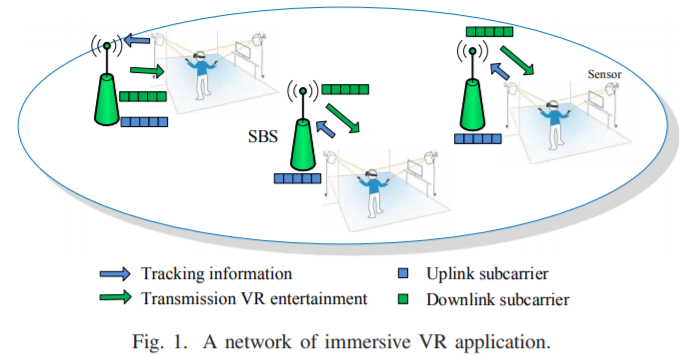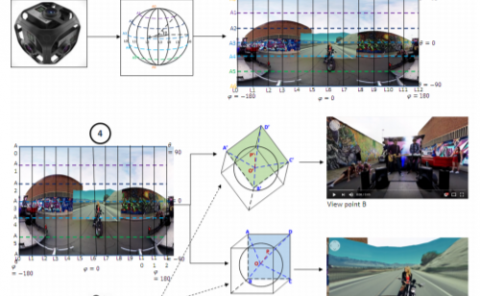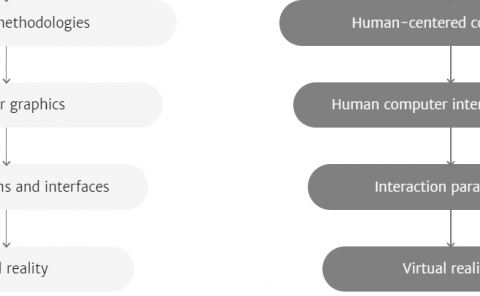Virtual Reality over Wireless Networks: Quality-of-Service Model and Learning-Based Resource Management
PubDate: Jun 2018
Teams: Beijing University of Posts and Telecommunications;Virginia Tech
Writers: Mingzhe Chen, Walid Saad, Changchuan Yin

Abstract
In this paper, the problem of resource management is studied for a network of wireless virtual reality (VR) users communicating over small cell networks (SCNs). In order to capture the VR users’ quality-of-service (QoS) in SCNs, a novel VR model, based on multi-attribute utility theory, is proposed. This model jointly accounts for VR metrics such as tracking accuracy, processing delay, and transmission delay. In this model, the small base stations (SBSs) act as the VR control centers that collect the tracking information from VR users over the cellular uplink. Once this information is collected, the SBSs will then send the three dimensional images and accompanying surround stereo audio to the VR users over the downlink. Therefore, the resource allocation problem in VR wireless networks must jointly consider both the uplink and downlink. This problem is then formulated as a noncooperative game and a distributed algorithm based on the machine learning framework of echo state networks (ESNs) is proposed to find the solution of this game. The use of the proposed ESN algorithm enables the SBSs to predict the VR QoS of each SBS and guarantees the convergence to a mixed-strategy Nash equilibrium. The analytical result shows that each user’s VR QoS jointly depends on both VR tracking accuracy and wireless resource allocation. Simulation results show that the proposed algorithm yields significant gains, in terms of total utility value of VR QoS, that reach up to 22.2% and 37.5%, respectively, compared to Q-learning and a baseline proportional fair algorithm. The results also show that the proposed algorithm has a faster convergence time than Q-learning and can guarantee low delays for VR services.



